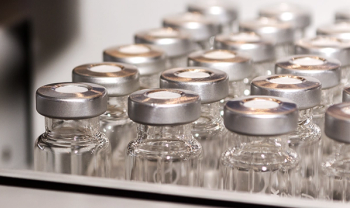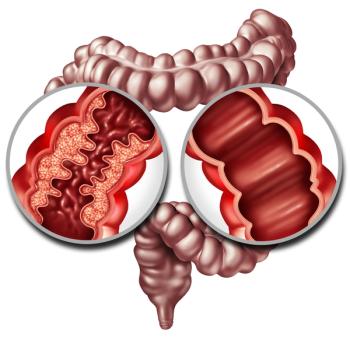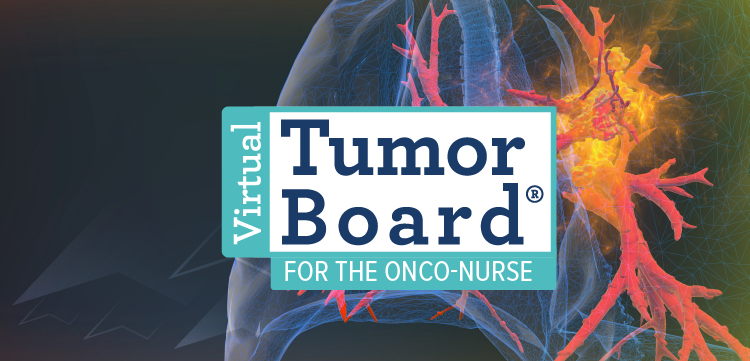
Yearly Depression Screening for Young Adults Is Worth the Cost
A new study by JAMA Health Forum found that universal annual depression screening for young adults during primary care visits is cost-effective and can result in greater benefits if paired with better treatment access and lower costs, particularly for multiracial and Hispanic females.
Universal annual depression screening for young adults during primary care visits is cost-effective and could even save more if health systems improve access to telehealth, reduce treatment costs or enhance treatment effectiveness, according to a new study in
Depression is rising among young adults in the U.S. In fact, a report by the CDC looked at
Another JAMA study in October 2024 looked at
These increases were seen across all demographics and were particularly severe during the COVID-19 pandemic.
In October 2021, in response to these growing concerns, the American Academy of Pediatrics (AAP), the American Academy of Child and Adolescent Psychiatry (AACAP) and the Children’s Hospital Association (CHA)
“We are caring for young people with soaring rates of depression, anxiety, trauma, loneliness, and suicidality that will have lasting impacts on them, their families, and their communities,” they warned, urging immediate action.
As part of their recommendations, they recommended that all young adults get screened for depression during regular doctor visits—but only if there are systems in place to diagnose, treat and follow up with care.
While direct evidence of the long-term benefits of screening is limited, advocates point to the early success of existing programs.
For example, school-based screening has doubled treatment initiation rates among teens, according to the study.
Because clinical trials are difficult to conduct in large settings, researchers tend to use simulation models to estimate the health and economic impacts of policy changes, according to the study authors.
This new JAMA study used this model to evaluate the 10-year cost-effectiveness of routine depression screening for U.S. young adults starting at age 12.
The study compared four screening strategies: annual, every two years, once at age 12 and usual care—which includes low screening and treatment rates.
In addition, it tracked changes in depression status, medical costs and health outcomes, measured in quality-adjusted life years (QALYs), using national survey data and expert input.
Data found that annual screenings resulted in the greatest benefit—adding nearly 44,000 depression-free days and 57.4 QALYs per 1,000 young adults compared to usual care.
While annual screening added about $3 million in costs, the cost-effectiveness ratio remained within the common and accepted thresholds.
It was also especially cost-effective among multiracial and Hispanic females.
Psychotherapy alone was less cost-effective than medication or combination treatment.
In addition, factors such as caregiver time, in-person visit requirements and low treatment uptake reduced cost-effectiveness but did not eliminate it.
This study and its findings present as the most comprehensive evaluation to date of depression screening’s cost-effectiveness among young adults, according to researchers.
A major strength is its demographic breakdown, identifying populations most likely to benefit.
However, limitations include the use of adult utility scores, a lack of long-term data beyond age 22 and exclusion of some indirect societal costs.
To reiterate, researchers suggest that screening could be even more cost-effective when paired with improved treatment access, integrated care or telehealth.
They also urge for better data on young depression in vulnerable populations to close care gaps and guide future mental health policy.
Newsletter
Get the latest industry news, event updates, and more from Managed healthcare Executive.

















































